#NFTS Stories: NFTS Alumnus Luke Hull Discusses His Journey from NFTS to being Production Designer on HBO Smash Hit, ‘Chernobyl’
Welcome to our latest NFTS story, a series of blogs featuring our alumni talking about where they were before they came to the School and where they are now (follow the series by using the #NFTSStories hashtag across Twitter and Instagram). Luke Hull graduated from the NFTS Production Design MA in 2010 and has since worked as Production Designer on HBO smash hit, Chernobyl and has just been signed to do the Production Design for the Game of Thrones prequel.
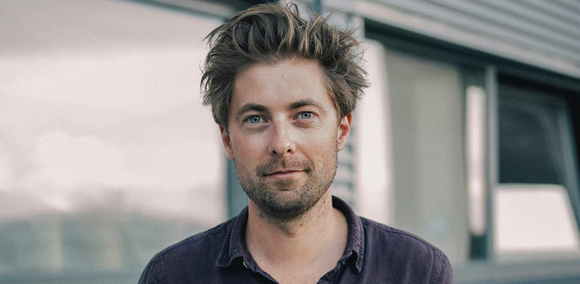
What were you doing before applying to the NFTS?
I was a student on a practical undergraduate film school course. It shall remain nameless as I didn’t get what I had hoped from it, but I was also working in the industry at the same time and had been doing work experience and running jobs. Before the NFTS I was mainly working in Soho based commercials and music video production companies either assisting in production or on set in the camera department. I had also done some art dept. assistant positions on a couple of small films, and had made a few of my own short films.
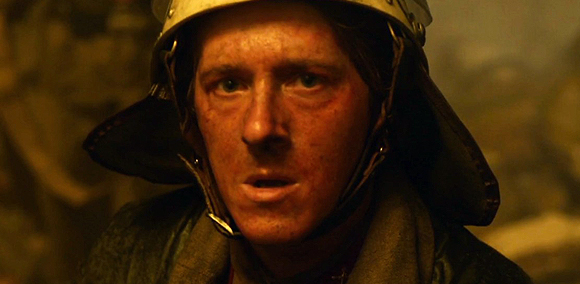
What are you doing now?
After leaving the NFTS I started designing/art directing commercials and short films while looking for positions on large film projects with my portfolio built at the NFTS, and I got a set decoration department assistant job on Prometheus about 10 months after graduating which was great and really helped give me time to work out what to do next. I was then lucky to meet and work with BAFTA winning Production Designer, Andrew McAlpine (The Piano/ Me Before You/ Serenity) on a few of his film projects where I was very involved with set design and seeing the sets through. In the meantime, I also designed two low budget films which was a great learning curve if not frustrating because of lack of resources. I worked for Simon Bowles on Belle and then via Andrew McAlpine I met Oscar and BAFTA nominated Production Designer, Gemma Jackson (Finding Neverland/ Game of Thrones/ Aladdin) who took me on to set up a TV show for Sky called Fortitude as an art director. It was a great experience to learn from start to finish how to set up a complicated TV project with locations abroad in Iceland and substantial studio builds in the UK. There were other projects but after that I went to work as an art director on King Arthur: Legend of The Sword which Gemma was also designing and had a lot of fun drawing up the Camelot sets and the round table room.
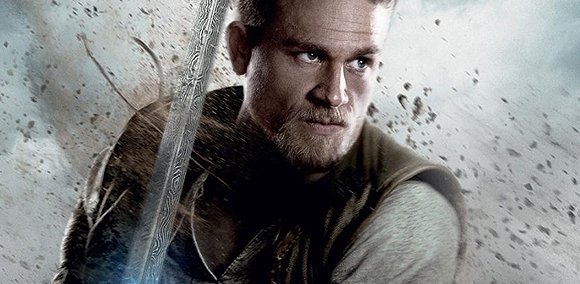
The second series of Fortitude was coming around and I saw an opportunity to move towards being a production designer myself which has always been the goal since leaving the NFTS. I pitched to design series two against other designers and got the job and from there never looked back. I have remained a production designer ever since and hope to continue doing so. Although it has happened very quickly it’s always been best for me to learn whilst doing it. Fortitude series 2 was a huge learning curve but I really enjoyed it and off the back of that I was offered representation at Casarotto and Marsh who are now my agents, and from having good relationships with the directors on Fortitude one of them, Hettie MacDonald, asked me to design Howards End. At that point I was also in the process of pitching for Chernobyl which came through the agency and was one of the most exciting scripts I had ever read. It was a long process to pitch and meet for this project but I really wanted it and thankfully was offered it. What then followed was an obsession for a year to realise this incredible story. Upon finishing that, things moved quickly and HBO offered me the chance to design the Game of Thrones prequel which is what I am currently working on.
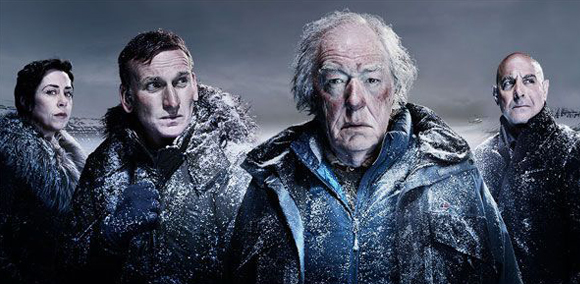
Tell us how the Chernobyl project came about?
I heard about the Chernobyl project while finishing Howards End and I actually put quite a lot of eggs in one basket and turned down a few projects in order to remain available for Chernobyl. The script, of which all I had was the pilot at the time, was very good and the idea of delving into this world and a soviet period was a strong pull. I honestly thought I wouldn’t get it and that they would go for someone with more experience, but I put a lot of work into the pitch and I had very large ambition for the show to make it as cinematic as possible. It then went quiet for a while as the project pushed back so I ended up taking a quick project which was a small action thriller feature film called Close which we shot in the UK and Morocco. Whilst out in Morocco I was asked to meet on Chernobyl again and flew back for a meeting. In the last weeks on the film I remember being in Casablanca and I got a call from Sister Pictures officially offering me the job to design Chernobyl and that was that. I flew straight from Morocco via France to Lithuania at the end of the film to do my first week of scouting for locations and then started putting together a team.
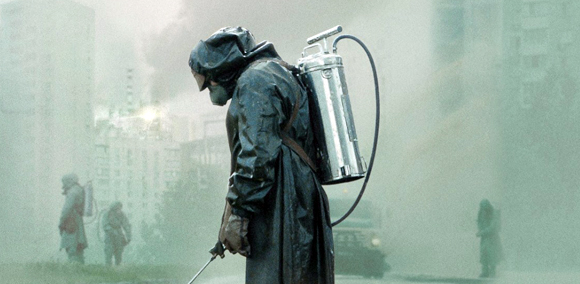
What were the challenges and highlights from a Production Design point of view when making Chernobyl?
Endless challenges. The big ones early on were working abroad in a country that had not seen a production of this scale before. I had also pitched an idea that would cost considerably more than what had been budgeted before I started but that’s where Sister Pics and HBO were really great and everyone was excited to give this project scale. Location scouting was one of the hardest aspects. Lithuania was chosen before I started as a good base to build and shoot most of the show. It is an ex-soviet country but it has changed a lot and all of that history and architecture doesn’t really exist anymore or is covered or in ruin. Lithuania also lacked scale so we started pushing to scout further afield in Ukraine and Russia, Kiev became a focus as it had so many great locations.
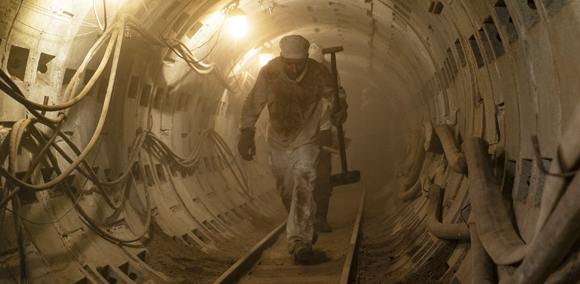
Then there was creating the destroyed reactor but also telling the story of the overall scale of the power plant which in reality was about 3.5km long. We built a large part of destroyed reactor 4 and the crushed pump room as a back lot set which was on land attached to a shell of a building which became useful to build through to create the destroyed aspects of the power plant that you see in episode one. We used Ignalina an RBMK power plant in Lithuania which was being decommissioned to give wider scale to the overall power plant. Joining all of this together was worked out early on by 3D modelling Chernobyl power plant and Ignalina and finding a place to splice the two together so that our build worked with the location of Ignalina but also so that VFX already knew early on what they would be adding and we could work out what we needed to build. From this we also split away other sets which we built like the roofs of the power plant that need cleaning of graphite in episode four.
Creating Pripyat was also a big challenge, but the biggest concern for me was we had about 150 sets to create, either studio set builds or location builds/dresses, so it was about coherence across all episodes so all sets worked together in the world we were trying to create and the period, but also the tone and the mood which we established early on with Johan the director. The highlights are the same really as the challenges. The realisation of our sets after a lot of work is always a highlight. I also really enjoyed putting together the trial room in episode five and building the control room of the power plant was particularly satisfying.
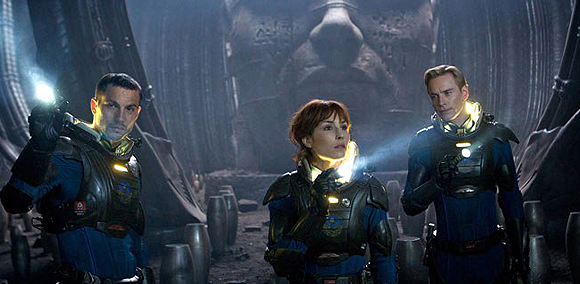
How has studying at the NFTS helped you in your journey to your current career?
For me it’s been one of the most important steps towards doing what I wanted to do, and essentially what I am now doing working as a production designer on challenging, ambitious and exciting projects. I can easily say that without studying the production design MA at the NFTS I would not have got to what I’m doing now as fast as I have. The course taught me a lot of skills but also learning by practice of making short films and the most important thing was being able to meet and work with other people on the other courses who were as serious about a career in the film and TV industry. Without the course I still would have pursued this line of work and made sure I got there eventually but the NFTS gave me a portfolio, confidence and confirmed in my mind that this is the direction I wanted to head towards. There are a lot of other great and different jobs within the art department so being a designer is not just the obvious goal, but I think the NFTS helped make up my mind that that was my goal.
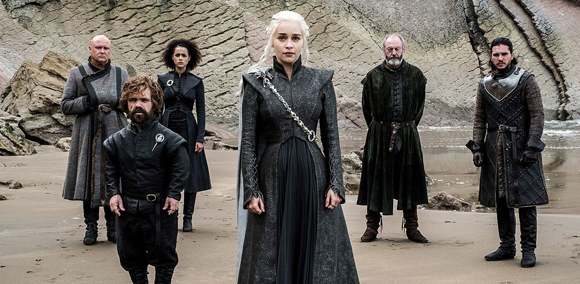
What advice would you give to an aspiring NFTS student?
That’s not easy to answer. I think just make the most of being there. It’s an intense two years whichever course you pick and you have to live and breathe it to get the most out of it and all the opportunities that are available to you in addition to the course curriculum. When you leave it can be scary as it may feel like you’re starting again or in lower positions in the industry than you would like, but what you learn on the course will move you forward quickly and it’s also important to make the most of the network of the other filmmakers you will meet when you study at the NFTS after you leave too.
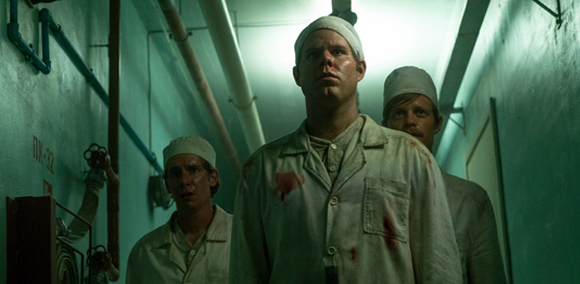
If you were stranded on a desert island, which film, TV boxset or video game would you take?
Erm, so this is where I have to embarrassingly admit I don’t watch much TV or play video games! I also don’t usually like watching things more than once. I’d probably better take some survivalist TV programme or something with me so it can teach me how to survive on the island and ideally escape from it.
For more information on the NFTS Production Design MA, please visit nfts.co.uk/productiondesign

